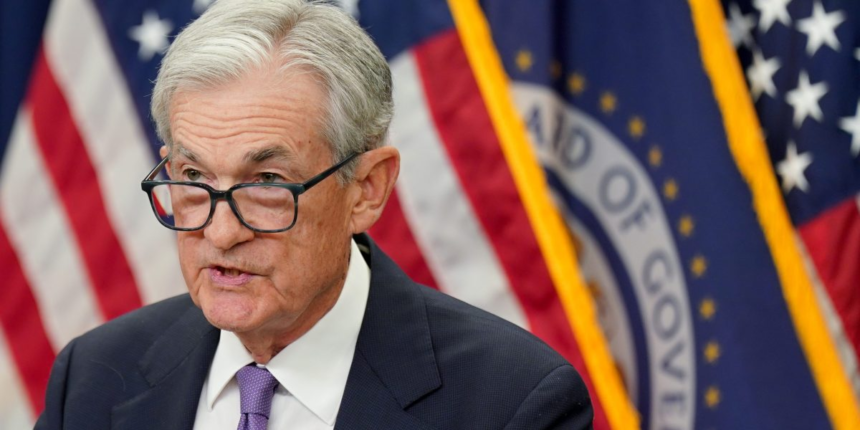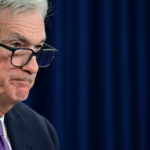“I won’t go into particular names,” Powell told reporters after the Fed’s policy meeting, “but they actually have earnings.
“These companies … actually have business models and profits and that kind of thing. So it’s really a different thing” from the dotcom bubble, he added.
Powell emphasized that the explosion of AI spending isn’t being driven by monetary policy—or by cheap money.
“I don’t think interest rates are an important part of the AI or data center story,” he said. “It’s based on longer-run assessments that this is an area where there’s going to be a lot of investment, and that’s going to drive higher productivity.”
Briggs and his team estimated that the productivity unlocked by AI could be worth $8 trillion in present value to the U.S. economy, and potentially as much as $19 trillion in high-end scenarios.
“We are not concerned about the total amount of AI investment,” the Goldman team wrote. “AI investment as a share of U.S. GDP is smaller today (<1%) than in prior large technology cycles (2%–5%).” In other words, there’s still plenty of room to run.
Powell’s framing echoes that view: The AI race, while frothy at times, is being financed mainly through corporate cash flow rather than speculative debt.
Powell noted that the investment wave is showing up in the real economy. “It’s the investment we’re getting in equipment and all those things that go into creating data centers and feeding the AI,” he said. “It’s clearly one of the big sources of growth in the economy.”
Still, Powell didn’t give AI a free pass. He stressed that while the current investment surge looks healthy, it’s too early to call it a permanent productivity revolution.
“I don’t know how those investments will work out,” he said.
Powell noted that job growth, adjusted for statistical overcounting, is now “pretty close to zero.”







